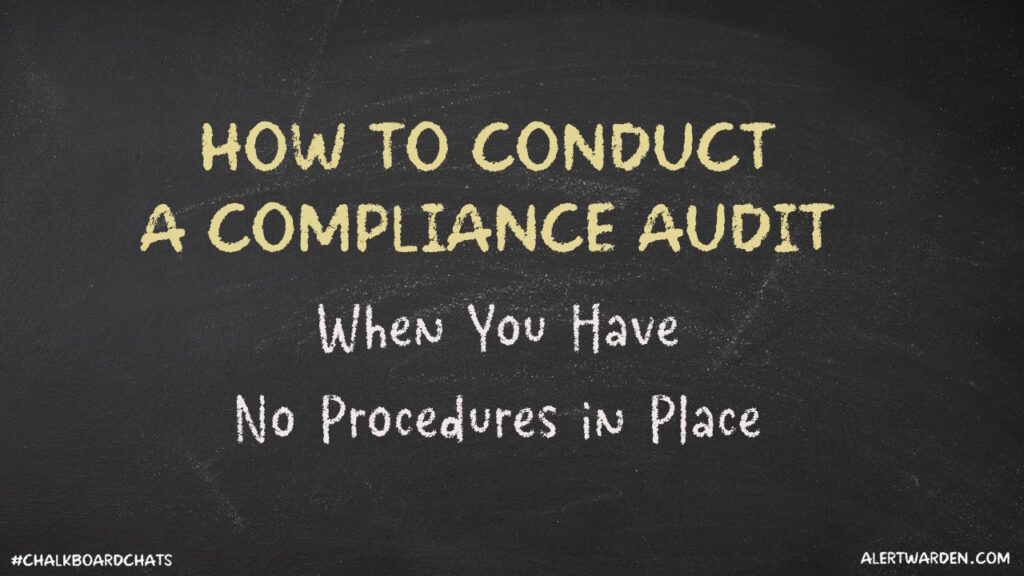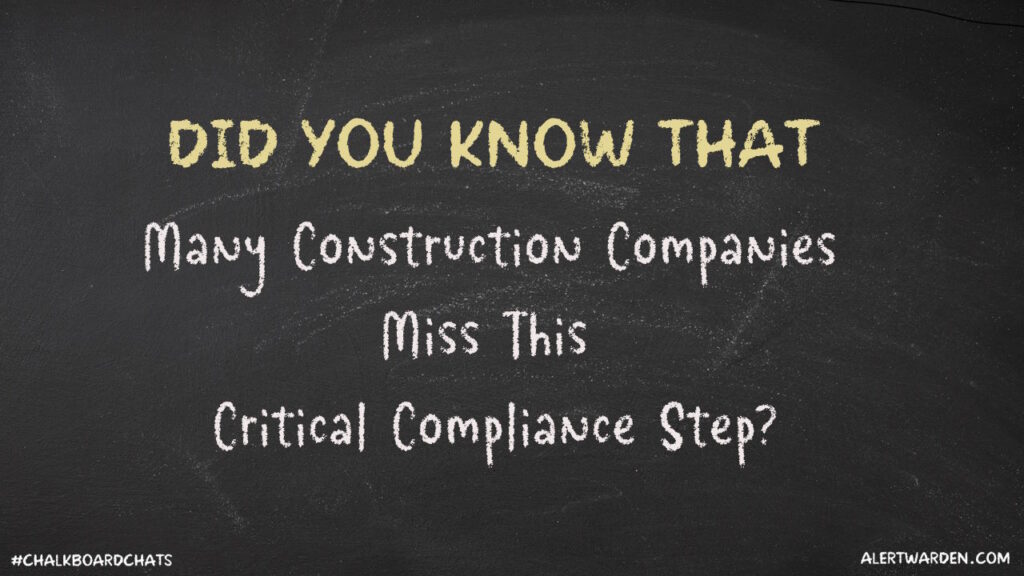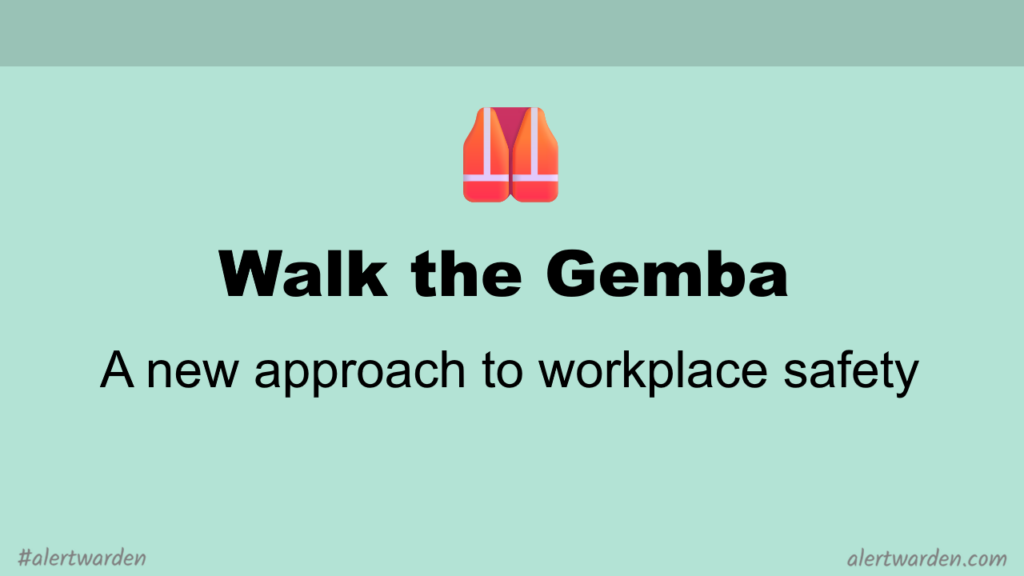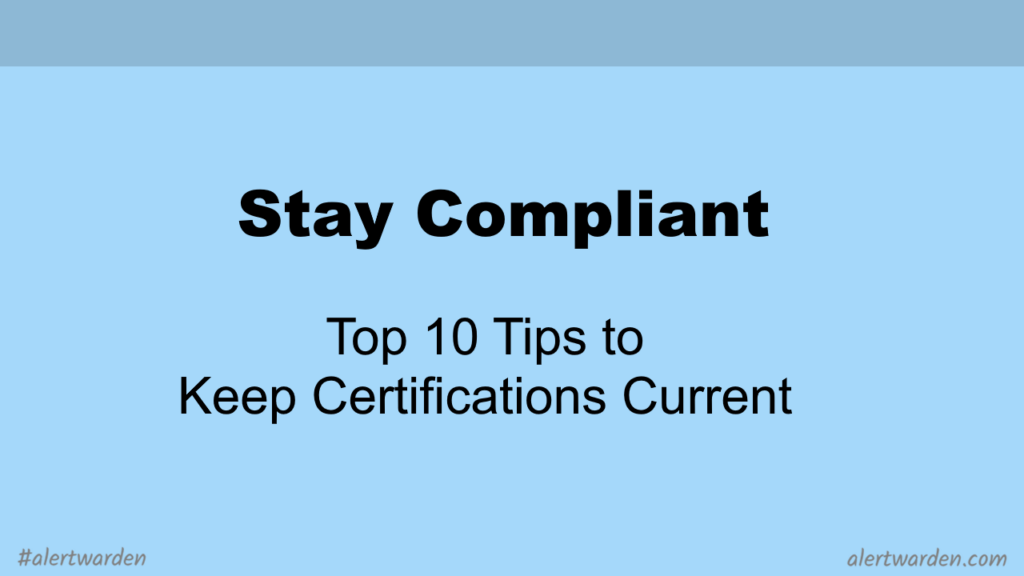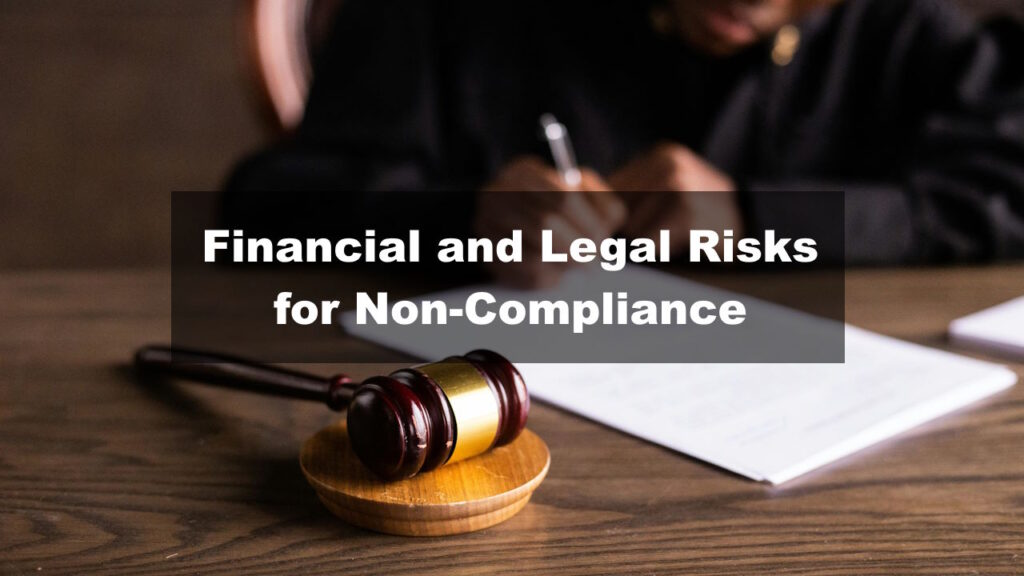How to Conduct a Compliance Audit When You Have No Procedures in Place
Conducting a compliance audit can seem overwhelming, especially when formal procedures are nonexistent. This guide walks you through essential steps, including creating a comprehensive register of employees and contractors, assessing certification statuses, engaging staff and management, and addressing compliance gaps. By implementing these practices, you can build a strong foundation for ongoing compliance and foster a culture that prioritizes safety and efficiency.
How to Conduct a Compliance Audit When You Have No Procedures in Place Read More »
